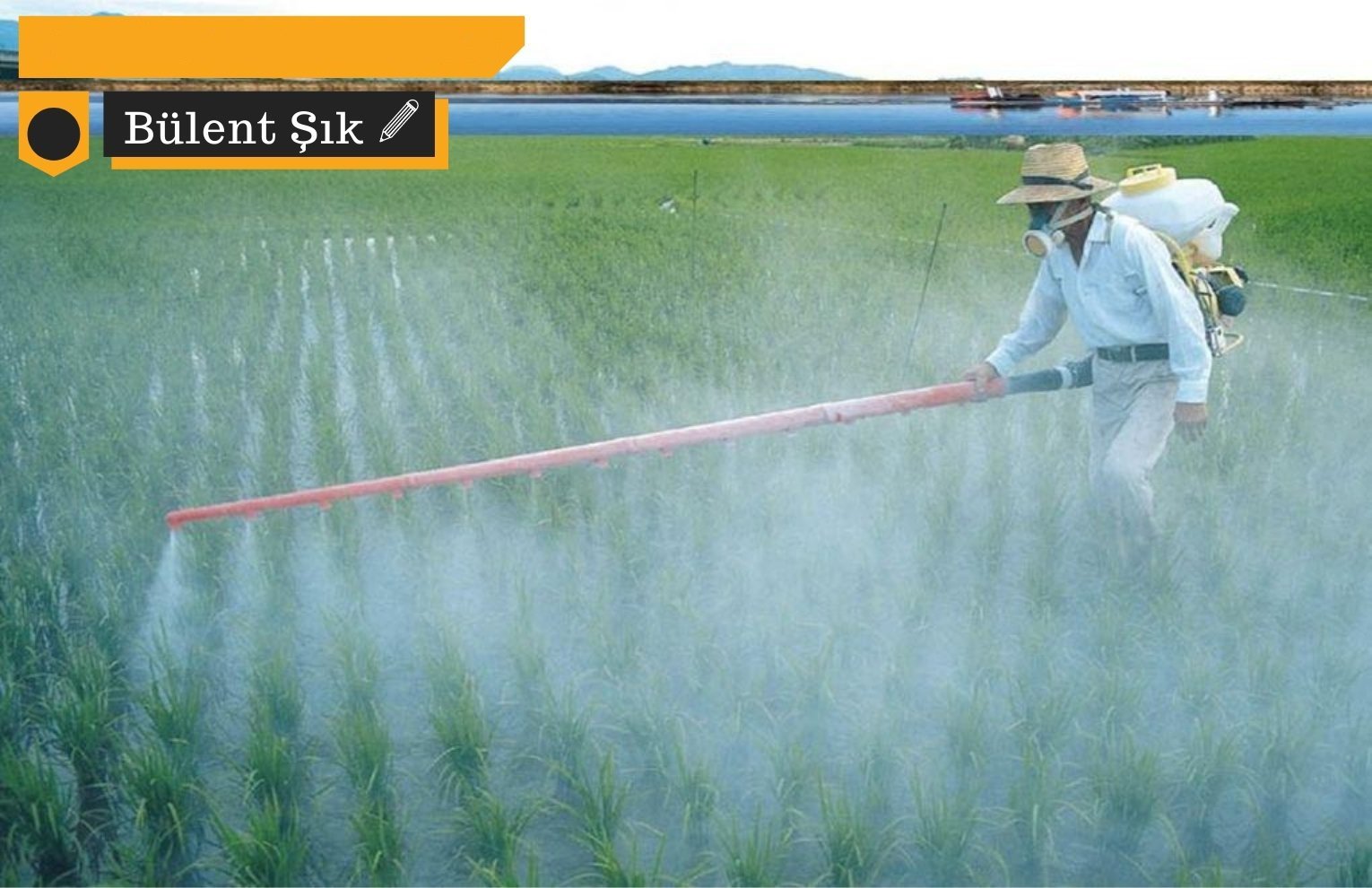Click to read the article in Turkish
Though it is usually called coronavirus on social media, the coronavirus that causes "Severe Acute Respiratory Syndrome" (SARS) is termed "coronavirus 2" or "SARS-CoV-2" in abbreviation.
Coronavirus consists of a large virus family which is common in humans and animals (camels, cattles, cats and bats). SARS-CoV-2 is defined as a novel type of SARS-CoV, which caused a similar epidemic in 2003. Therefore, I will use the term SARS-CoV-2 in this article, rather than coronavirus.
Viruses that cause diseases in humans need a human cell to reproduce. To summarize, if the virus reaches a somatic cell in the organ or tissue where it will cause disease, attaches to this cell, enters it and reproduces there, the symptoms of the disease start to appear in humans in time.
It will be only possible for foodstuff to be contaminated with the SARS-CoV-2 if a person infected with the virus sneezes and coughs in their vicinity or if they touch these stufsfwith their hands carrying the virus. However, unlike bacteria, viruses cannot reproduce on foodstuff. Even though they contaminate foodstuff, their number will diminish in time as they will not find the opportunity to reproduce there.
It is indicated that the virus can be found on cardboard food packages for a day and on plastic packaging materials for a few days and if we touch our mouths, noses or eyes after touching these surfaces or objects contaminated with the virus, there is a risk of contracting the virus, albeit a "very little" one.
However, it is also noted that there are several other parameters to consider in that respect and, in academic evaluations made by taking these parameters into consideration, there is no evidence suggesting that SARS-CoV-2 is transmitted through food or it causes a disease in our respiratory system. The statements of both the World Health Organization (WHO) and European Food Safety Authority (EFSA) are in that direction.
In statements made by the WHO and EFSA, the SARS-CoV-2 virus mainly spreads when a person comes into contact with the respiratory droplets spread by the sneeze or the cough of an infected person. This contact takes place if the virus-containing droplets are taken in the body via respiration or by touching the places where the virus can enter the body such as hands and eyes with hands contaminated with the virus. It is emphasized that there is a very little possibility that touching foodstuff or food packages contaminated with the SARS-CoV-2 virus will cause the disease and there is currently no finding suggesting this.
There is no evidence that the SARS-CoV-2 virus is transmitted via food. However, the fact that there is no evidence does not necessarily mean that there is no possibility of transmission or that it is utterly impossible.
In evaluating the findings of scientific research, using such descriptions as "never", "impossible", "not possible" is usually avoided. As required by scientific scepticism, it is avoided to use such definite statements as "transmission of SARS-CoV-2 via food is impossible" that will relieve everyone; because it is always possible that findings of a research can be published, showing how this low chance of transmission happens.
Should we worry, then? No.
The statement that according to the available information, there is no evidence that the SARS-CoV-2 virus is transmitted through food is enough to ease our worries under current circumstances.
Moreover, there are studies conducted on the viruses in the same virus family with the SARS-CoV-2, which means that they have very similar genetic properties to the SARS-CoV-2.
In the studies conducted during the outbreak of the SARS-CoV in 2003 and MERS-CoV (Middle East Respiratory Syndrome) in 2012, no evidence could be obtained as to the transmission of the SARS and MERS-CoV via food. Therefore, there seems to be no reason to worry that the SARS-CoV-2 virus is transmitted through food or not.
There are some precautions to take to prevent the spread of the virus and some general hygiene rules to follow while preparing food at home.
What needs to be kept in mind while doing shopping
- As in the case of any other disease, the people diagnosed with the SARS-CoV-2 must not work in the production-consumption line and they must not contact foodstuff until they recover.
- We need to take it into consideration that the crowded places where we go to buy food can cause problems in terms of spreading and contracting the disease. If we feel sick, we must not go shopping. One person must be responsible for shopping at home.
- We must also keep a certain physical distance (1.5-2 meters) from other people during shopping in order to protect ourselves from the SARS-CoV-2 virus and to avoid infecting other people.
- We need to choose foodstuff with our eyes, we must not touch them. We must only touch the food that we pick and will definitely buy.
- It is important to do shopping less frequently and to spend as little time as possible in places where a large number of people do shopping. We must avoid going out on the street for a while.
- Restricted from going out in public and - unfortunately - faced with a very unjust rage and stigmatization, our elderly must be provided with foodstuff by paying utmost attention to personal hygiene rules. Isolating the elderly does not only pose ethical problems, but it also does not prevent the spread of the virus. In a recent statement by the Turkish Medical Association (TTB), it has been indicated that, in the current situation, imposing a country-wide isolation, except for risk groups, does not have any sense anymore and, from now on, the policy of a strict isolation by conducting as many tests as possible, as recommended by the WHO, needs to be adopted.
- This statement suggests that the main factor that causes the virus to spread is that humans contract the virus from one another and that no sufficient precautions have yet been taken about this issue.
- We definitely need to do our personal cleaning after we return home from shopping.
I will conclude the article by giving some information about the hygiene rules about the food to be followed at home.
Some domestic hygiene rules about foodThere are some basic hygiene rules about foodstuff to follow inside the home, at kitchen and storage spaces. Hygiene means precautions that need to be taken for the continuation of a healthy life. - Wash your hands with water and soap before you start preparing or cooking food. - Foodstuff must be cleaned by washing them with plenty of water. As it is the subject of a longer article, I will not go into further detail here, but no chemicals or disinfectants must be used in washing foodstuff. - It is important for children's health that the products used for cleaning and disinfection are kept out of their sight and reach. It is a frequently encountered problem that children drink disinfectants as they mistake them for beverages, which causes serious health detriments that are difficult to treat. This issue needs to be paid utmost attention. - The kitchen counter, kitchen appliances and equipments used for preparing raw consumed food such as salads, etc. must be cleaned after use. There is no need to use or buy an extra cleaning supply for this purpose. Normal cleaning supplies that we always use at our homes are enough to maintain hygiene. - Any contact between the food consumed raw and cooked food must be avoided. - After preparing food, hands must be washed with water and soap. - Raw and cooked foodstuff must be put in different shelves in the refrigerator. While cooked food must be put in upper shelves, raw food must be stored in lower shelves. - Cooking processes destroy the viruses. Viruses die in temperatures at and over 72 centigrade. The temperatures reached in cooking processes such as boiling, simmering, frying, baking, etc. are more than enough to kill all types of virus. |
We need to avoid overcooking processes such as keeping food in high temperatures for a long time, etc. out of fear or worry about the virus. Overcooking is a process that increases the loss of nutritional elements in food. We have to keep cooking our food in the way how we have always cooked them, we have to cook in the way how we have always done.
I wish you good health and wellbeing.
About Bülent ŞıkFood Engineer. In his PhD studies, he specialized in the development of environmentally friendly methods of analysis. He worked for several laboratories operating as part of the Ministry of Food, Agriculture and Livestock. In 2009, he started working as lecturer at the Akdeniz University and took active part in the establishment of its Food Security and Agricultural Research Center. From 2010 to 2015, he was the Technical Deputy Director at the same center. While he was working as a lecturer at the Department of Gastronomy and Culinary Arts, he was discharged as per the Statutory Decree no. 677 on November 22, 2016. |
(BŞ/DB/SD)







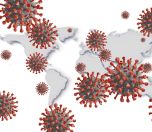

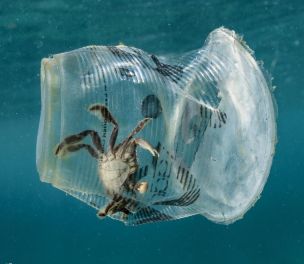

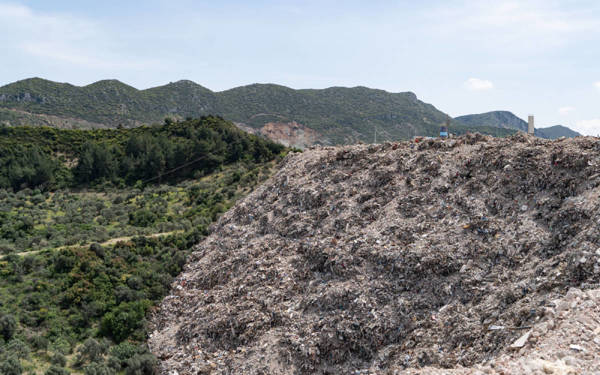
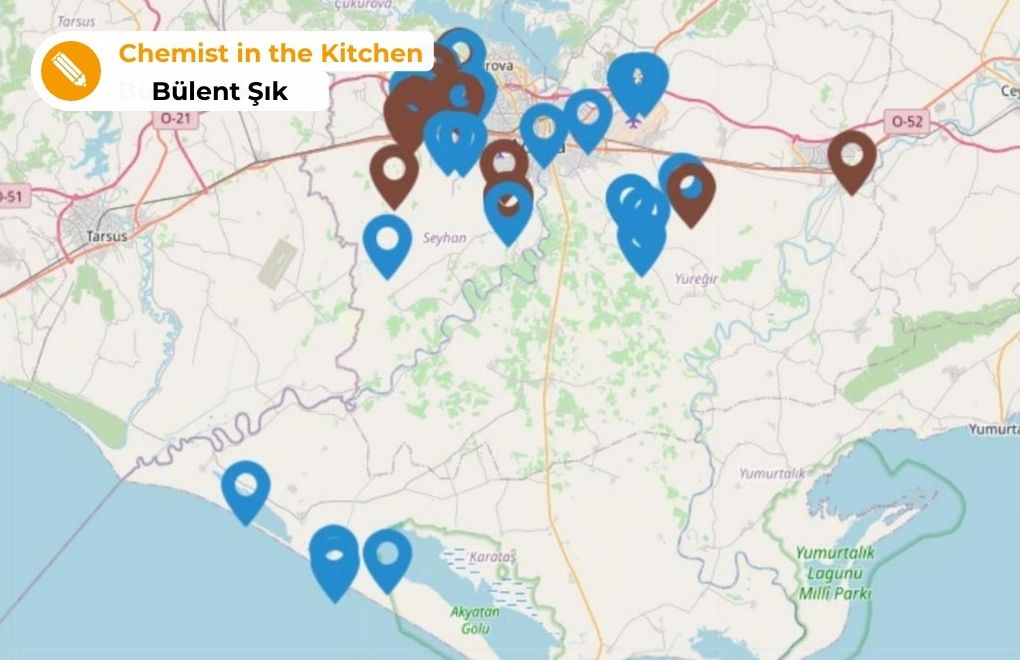

.jpg)
